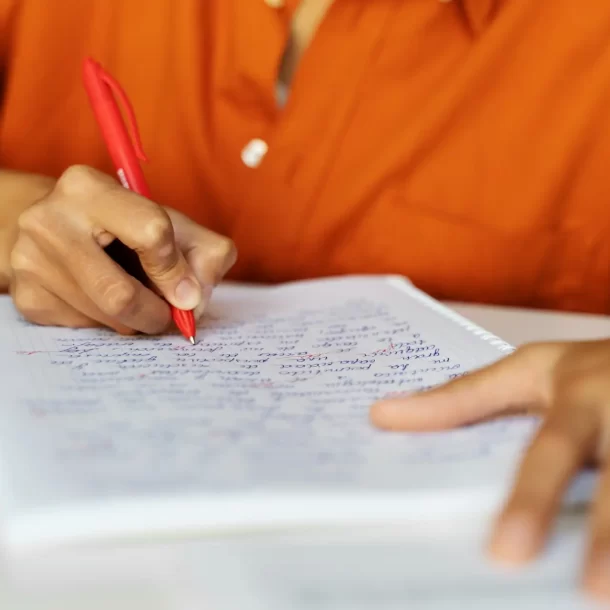
Previously, we looked at alphametics involving addition and subtraction. The logic becomes a little more involved when the alphametic involves multiplication. When a two digit number is multiplied by another two digit number, the process of finding the result is composed of multiple levels. Today, let’s see how to handle those multiple levels. The question involves quite a few steps and observations using number properties. Hence, you are unlikely to see such a question in actual GMAT but you might see a simpler version so it’s good to be prepared.
Question: The following alphametic shows the multiplication of two numbers, IF and DR. The product you obtain is DORF.

What is the value of D + O + R + F?
(A) 17
(B) 20
(C) 22
(D) 23
(E) 30
Solution: The good thing is that we know D + O + R + F has a single value. This means there will be a logic to obtain the value of each of D, O, R and F.
As discussed last week, we first focus on the big picture, but we will have to go one level at a time.
(i) IF * R = OFF
(ii) IF * D = IF
(iii) OF + IF = DOR
A few interesting points to note from the above:
– From (ii), IF * D = IF
When you multiply IF by D, you get IF itself. This means that D must be 1. D can take no other value.
D = 1
– From (iii), F + F has unit’s digit of R.
Also, O + I give O as the unit’s digit and 1 as the tens digit (D of DORF obtained from above). How can this happen? Say, if O = 4, 4 + I = 14. This is possible only when I = 9 and there is a 1 carryover from the previous addition of F + F. This means that F must be 5 or greater to have a carryover of 1. It cannot be 5 because 5+5 will give you 10 making R = 0. This would mean that F*R would end in R (0). But in (i), F * R has the unit’s digit of F, not R. So F cannot be 5.
D = 1, I = 9
– Another interesting point: From (i), F * R has the unit’s digit of F. This is possible only when F = 0 or F = 5 or R = 6 (Think of multiplication tables of numbers to convince yourself why this is so)
Since F has to be greater than 5 (as seen above), R must be 6.
If R = 6, then from (iii), F + F has a unit’s digit of 6 and a carryover of 1 so F = 8. When you add 8 + 8, you will get 16 (units digit of 6 and a carryover)
D = 1, I = 9, R = 6, F = 8
– From (i), when we multiply IF by R, we get OFF. That is, when we multiply 98 by 6, we get 588. So O must be 5.
This gives us: D + O + R + F = 1 + 5 + 6 + 8 = 20
Answer (B)
This question uses your understanding of numbers and how they are added and multiplied. It certainly takes time to get to the answer. Such questions can help you get a feel for numbers and their behavior.

Founder, sole curriculum creator and webinar instructor for ANA PREP, Karishma has been working in the test prep industry for almost 20 years now, of which 15+ are in GMAT exam preparation. She is an expert of Quant, Verbal and Data Insights and is known for her simple and elegant solutions. Her venture, ANA PREP, is one of the best GMAT online coaching platforms. Contact her at karishma@anaprep.com
Discover how letter-based equations turn into number-based brain teasers with these engaging GMAT-style puzzles.
https://anaprep.com/puzzles-corner-solving-alphametics/
Tackle this spatial reasoning challenge as an ant and spider traverse cube edges — a favorite among GMAT logic puzzles.
https://anaprep.com/puzzles-ant-spider-crawling-along-edges-puzzles/
Use limited weighings and logical steps to identify the heavier ball — a classic puzzle for analytical minds.
https://anaprep.com/puzzles-corner-weighing-scale-puzzle/
Can you supply fuel to the final destination with limited resources? Sharpen your planning and problem-solving skills here.
https://anaprep.com/puzzles-corner-distribute-fuel-puzzles/
Explore how to identify counterfeit coins using the classic two-pan balance approach with minimum trials.
https://anaprep.com/puzzles-weighing-with-two-pan-balance/
Get your brain ticking with this volume-measuring challenge that’s perfect for improving logical sequencing.
https://anaprep.com/puzzles-corner-pouring-water-puzzle/